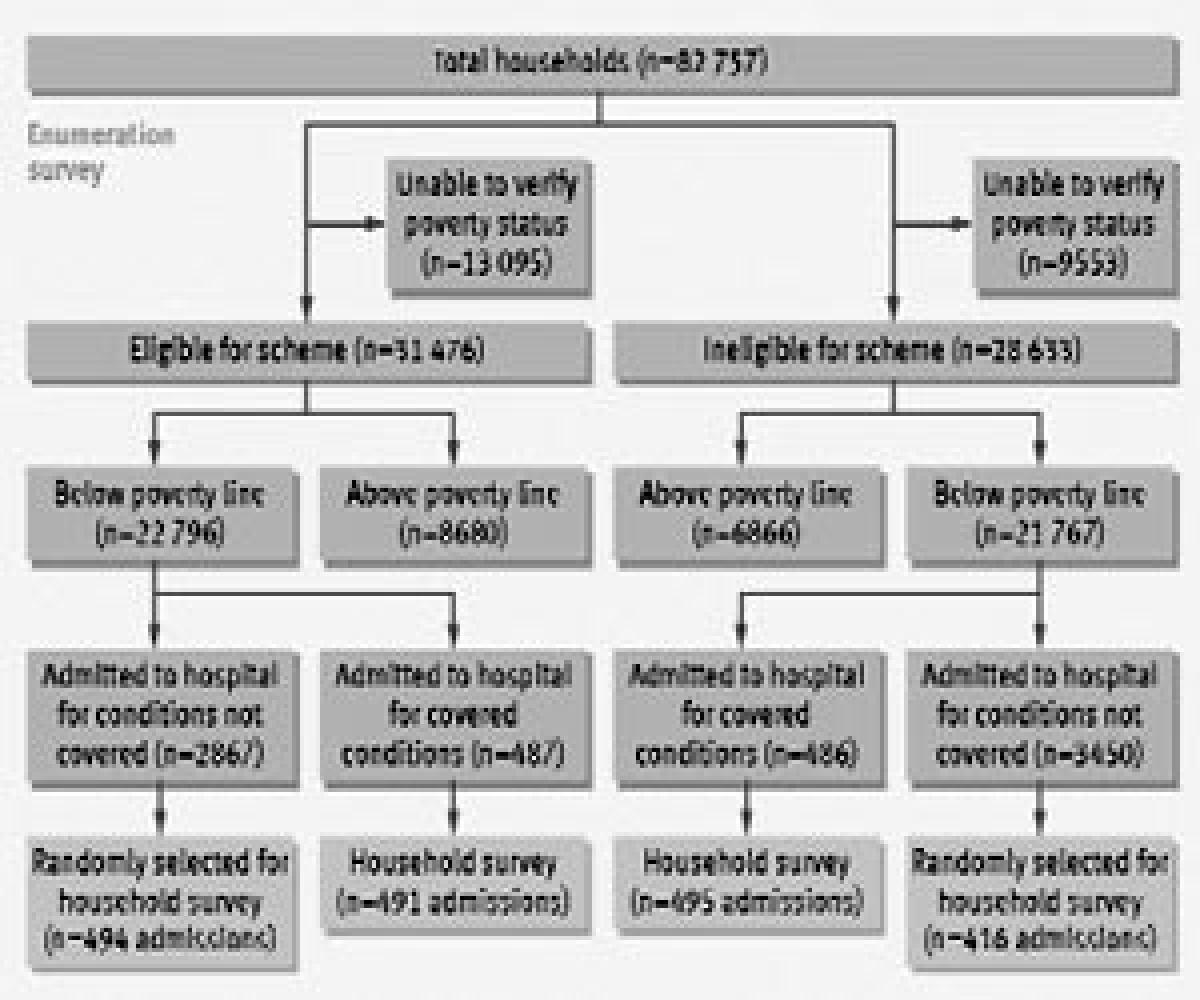Live
- ‘Stone me or shoot me, won’t spare anyone,’ says Anil Deshmukh after discharge
- Siddaramaiah, Shivakumar turning Karnataka into Pakistan: K’taka BJP
- Zimbabwe records 70 suspected cholera cases, one death amid new outbreak
- Babri demolition day: No Assembly proceedings in Bengal on Dec 6
- Typhoon Man-yi suspends ferries, submerges streets in China
- 2400 youths get jobs with big firms under NSDC scheme
- Govt prioritising road connectivity in remote areas: Himachal CM
- No end in sight to Pakistan's long battle with polio as active cases reach 50
- Assam's Karimganj district renamed as Shribumi: CM Himanta Biswa Sarma
- Air pollution: Gurugram admin issues work from home advisory
Just In

Last month, my mother, who is 92, fell in the bathroom and broke her pelvic bone. I live in the rural town of Phaltan in western Maharashtra and to get a simple X-ray done was a nightmare.
Last month, my mother, who is 92, fell in the bathroom and broke her pelvic bone. I live in the rural town of Phaltan in western Maharashtra and to get a simple X-ray done was a nightmare.
We called the local orthopaedics hospital and they sent a ramshackle ambulance. How an old Maruti Omni van got permission to ply as an ambulance is anybody's guess.
The driver of the ambulance also doubled up as the paramedic and his callous and non-empathetic attitude almost broke my mother's heel. He almost threw my mother on the stretcher! Most of the ambulances in rural areas are like that with hardly any facility to help the patient.
At the hospital, after a good deal of arguing, we got her X-ray done quite quickly. Otherwise it takes forever to get it done. Since the pelvic bone was fractured, the doctor advised complete bed rest and told us to take her home. In such cases, there is no surgery needed but just plain bed rest so that the broken bone heals by itself. That is also the reason why I did not take her to Pune for treatment.
We brought her home and were immediately confronted by the stark reality of who will take care of her nursing needs. We tried to locate nursing care in Phaltan but were unsuccessful. Even the hospitals do not provide that facility. The relatives of patients do that in most rural hospitals.
Finally, after great difficulty and searching, we got a 24-hour help (who had almost no training as a nurse) from Pune. This helped relieve our emotional and physical stress.
Searching the net and talking to my doctor friends, I have finally been able to convert my mother's room into a home health-care facility.
Another tragedy in rural areas is that no doctor wants to do a home visit. No matter how ill or old the patient is, they insist that he/she should be brought to the hospital or their clinic. I was able to get a person who was not an MBBS doctor but could administer saline or do basic dressing for bed sores. That was a partial relief. Secondly, I was greatly helped by my brother, who is an orthopaedic surgeon in Australia.
The government has mooted quite a number of good schemes which provide hospitalisation for below poverty line (BPL) patients and take care of their bills through insurance cover. Yet I have seen these schemes misused by doctors and hospitals where they admit the patients at the slightest pretext and charge them the full amount even for minor ailments. The money is then paid to the hospital by the insurance company.
Our medical care system in rural areas is, therefore, quite broken with very greedy doctors and hospitals that, in collusion with insurance agents, fleece both the patients and the government.
A hospice or home-care health system might alleviate this problem greatly.
This system will rely on specialised agencies that provide trained nurses (at nominal cost) for homes, simple equipment like small wheelchairs, beds, commodes and the like, and qualified doctors on duty who can respond through the internet or mobile phone to the queries from the nurses - and, in an emergency, make home visits. At present there are no such agencies but they are urgently needed. For the terminally ill, a home-care system which provides nursing care and basic equipment will be extremely helpful. He/she will be surrounded by family and nursing care given by trained nurses will help relieve the pain.
Financially, this system will be much more viable than having a dedicated hospice facility. The financial arrangements on how the government can help organisations in facilitating such a system need to be worked out. A possible solution could be to provide insurance coverage for such a home-care system.
Also such a facility can provide home-care for patients who are discharged from the hospitals. Too often, relatives and the family have to provide prolonged post-operative care --which they are ill-equipped to do. Such a facility could be a boon for those patients.
In urban areas, better medical facilities, including good ambulances, can provide timely care. In rural areas, in the absence of such facilities it is very necessary to have a home-care facility.
(The writer is a Director at Nimbkar Agricultural Research Institute in Maharashtra)
Anil K Rajvanshi

© 2024 Hyderabad Media House Limited/The Hans India. All rights reserved. Powered by hocalwire.com







